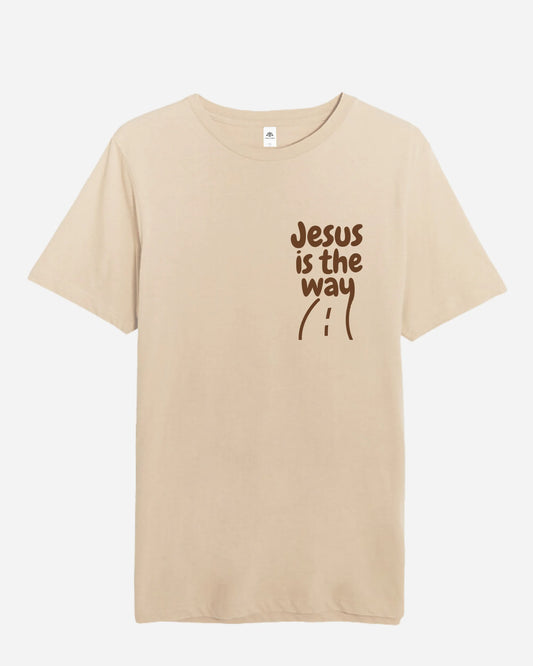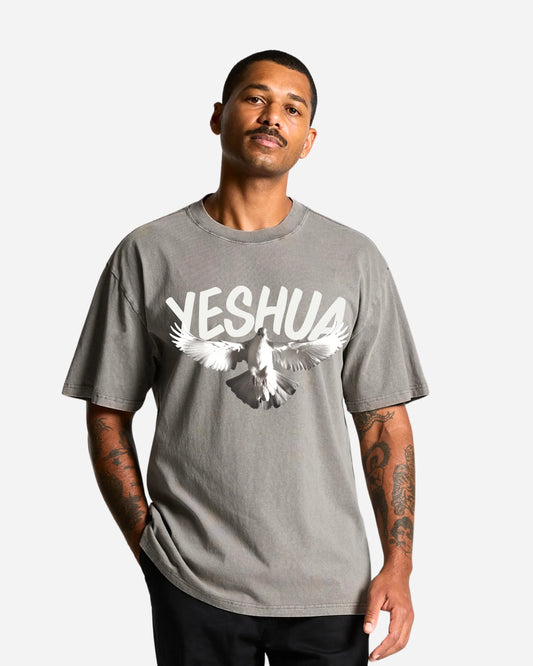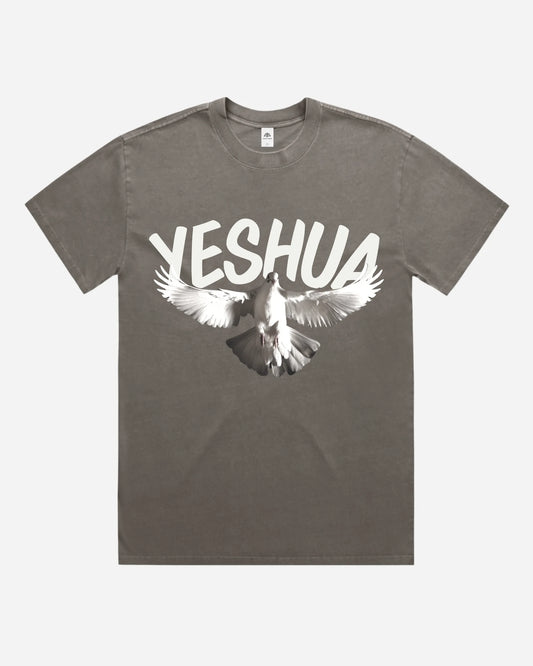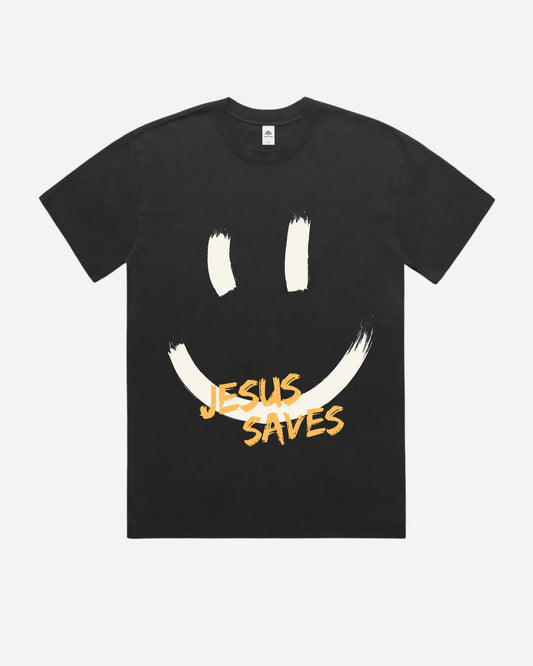Table of content
In the Old Testament, the ketonet passim—Joseph's coat of many colodrs(or long-sleeved tunic, as some scholars argue)—remains one of the most vivid symbols in the Bible. This richly adorned garment, given to Joseph by his father Jacob, is central to the Bible story found in Genesis 37. It represents favoritism, divine purpose, and the resilience needed to overcome life's trials. The story of Joseph's coat is not just about a beautiful robe but a narrative woven with themes of jealousy, betrayal, and redemption.
Historical and Biblical Context
The Bible story of Joseph and his coat of many colors begins with Jacob, also called Israel, who had twelve sons. Among them, Joseph was his favorite because he was the son of Jacob's old age and Rachel's firstborn. Genesis 37:3 (KJV) says,
Now Israel loved Joseph more than all his children...and he made him a coat of many colors
A Costly Garment in Ancient Times
Scholars still debate the meaning of the Hebrew term ketonet passim—is it a multicolored robe or a long-sleeved tunic? Either way, it symbolized Jacob’s deep love for Joseph and hinted at future leadership.
This blatant favoritism stirred deep resentment among Joseph's brothers—especially when Joseph shared dreams of ruling over them. His prophetic dreams, combined with the flashy coat, only fueled their jealousy. In Robert Alter’s The Art of Biblical Narrative, the coat is discussed as a symbol of both royal favor and family fracture.
Symbolism of the Coat
Favoritism: A Double-Edged Sword
In a world where dyed textiles were luxury items (see Exodus 25:4 for priestly garments) Joseph’s coat, unlike the simple tunics of his brothers, was richly ornamented, appears only twice in Scripture—here and for Tamar’s royal robe (2 Samuel 13:18), hinting at nobility. It was a walking billboard for “Dad loves me most.” While it signified deep affection from Jacob, it also made Joseph a target of bitterness. The coat teaches us that visible favoritism can fracture even the strongest family bonds.

Colors and Their Meanings
Though the exact appearance of the coat remains debated, its association with multiple colors has inspired symbolic interpretations:
- Red: Love and sacrifice, foreshadowing Christ’s ultimate sacrifice.
- Blue: Spirituality and wisdom, reflecting Joseph’s divine insight.
- Yellow: Joy and blessings, mirroring God’s favor on Joseph.
- Green: Growth and renewal, representing Joseph’s transformation through adversity.
The coat signified not only Jacob’s love but also God’s purpose for Joseph—a destiny that would unfold despite betrayal.
Divine Calling: A Coat with a Purpose
Joseph’s coat was more than just a gift; it marked him as chosen for a divine mission. His dreams reinforced this calling. However, this favor came at a cost—his brothers’ hatred led them to sell him into slavery for 20 pieces of silver, stripping him of his robe but not his destiny.
The Coat as a Catalyst for Conflict

The story of Joseph's coat takes a dark turn when jealousy drives his brothers to conspire against him. When "Joseph came to his brothers," they seized him and stripped off the robe that symbolized their father’s love. They then "plotted to kill" him but ultimately decided to throw Joseph into a pit. Reuben, the eldest brother, convinced them to spare his life with plans to rescue him later. Instead, they sold Joseph to a caravan of Ishmaelites for twenty shekels of silver, sending him on a journey that would change history. To deceive their father Jacob, they dipped Joseph's coat in goat blood, presenting it as evidence that a wild animal had devoured him.This act highlights how unchecked envy can lead to destructive choices. Yet even in betrayal, God’s plan for Joseph remained intact.
Joseph's Tumultuous Journey
| 1. Receiving the Coat and Dreams | Joseph received a special coat and shared prophetic dreams of ruling over his family. His brothers grew hostile; even Jacob was unsettled. |
| 2. How Jealousy Poisoned Brotherhood | The brothers' jealousy escalated into hatred. Resentment drove a wedge through the family and led to disastrous choices. |
| 3. Betrayal: Cast into the Pit | Joseph was ambushed, stripped of his robe, and thrown into a dry well. His brothers wanted him gone. |
| 4. Sold into Egyptian Servitude | Soon, traders brought Joseph down to Egypt, where he was quickly sold. In those years, being sold down the river was a severe disappointment, robbing one of all rights and liberty. |
| 5. Rising Despite Adversity | Even in Egypt, Joseph was a man who made things thrive. He excelled in Potiphar’s house because of strong work ethic and integrity. |
| 6. Facing Unjust Accusation | Falsely accused by Potiphar’s wife, Joseph was imprisoned despite his innocence. |
| 7. From Prison to Pharaoh's Side | Joseph worked in prison, earned trust, and later, helped Pharaoh. This transition from jail to power demonstrated his unwavering faith and labor. |
| 8. Interpreting Dreams, Saving Egypt | Joseph interpreted Pharaoh’s dreams and cautioned him that a famine was on the way. His advice preserved Egypt’s economy and food supply. |
| 9. Power, Provision, and Testing | As second-in-command, Joseph managed the abundances and dearth with wisdom. He never compromised on what he believed in, even at the worst of times. |
| 10. The Path to Reconciliation | Finally, shortly thereafter, Joseph was reunited with his brothers. He forgave them and chose to reunite the family and bring them back together. |
Transformation Through Adversity
Joseph was stripped of his robe, his status, and his freedom—but never his purpose. Sold into slavery, falsely imprisoned, and forgotten by men, Joseph still rose through integrity and unshakeable faith. Scholars like Victor P. Hamilton and Robert Alter emphasize how the garment points to Joseph’s uniqueness in a culture where clothing marked status.
From Slave to Pharaoh’s Right-Hand Man
In the darkest places, Joseph shines brightest. His dream interpretation earns Pharaoh’s trust. With divine wisdom, he prepares Egypt for a massive famine—saving not just a nation, but his own family. The coat may have been taken, but Joseph wore God's favor like armor.
Modern-Day Lessons from the Coat of Many Colors

Embracing Individuality
The coat of many colors, given to Joseph by Jacob, symbolizes uniqueness. Just as Joseph embraced his calling despite opposition, we too are called to celebrate our individuality as part of God’s design.
Lessons on Forgiveness
When famine drove Jacob’s family to Egypt seeking food, they unknowingly encountered the brother they had betrayed. Instead of revenge, Joseph chose forgiveness. He told them: "You intended to harm me, but God intended it for good" (Genesis 50:20). This act of grace reunited their family and fulfilled God’s plan. Joseph’s story teaches us the power of forgiveness in healing relationships. His ability to reconcile with those who wronged him reflects Christ-like compassion.
Trusting God’s Plan
Joseph's journey—from being thrown into a pit by his brothers to becoming Pharaoh's advisor—reminds us that trials often lead to greater purposes. Like Joseph, we can trust that God is weaving our lives into His divine tapestry.
Building Resilience Through Hardship
Joseph experienced imprisonment and dispossession, yet he was empowered. Through it all, he picked up a toolbox of new skills and remained committed to his faith-based values.Being flexible, seeking support, and maintaining optimism enable individuals to recover from adversity.
Leadership Lessons
Joseph’s leadership was marked by compassion, transparency, and a commitment to vision and execution. He heard everyone out, remained even-handed and balanced, and prioritized the interests of others above his own.
Conclusion
The story of Joseph's coat is far more than an ancient tale about sibling rivalry; it is a narrative rich with lessons on faith, resilience, and redemption. From betrayal by those closest to him to becoming Pharaoh’s trusted advisor during Egypt’s famine crisis, every twist in Joseph's story reveals God's hand at work. As we reflect on this timeless narrative from Genesis 37—the story where "Jacob made" a special garment for one son—we are reminded that our own lives are like multicolored threads in God’s grand design.
Application to Christian Apparel
Clothing can be more than fabric—it can reflect our faith journey much like Joseph's coat signified his divine purpose. At Gracefiber, we draw inspiration from biblical narratives like the story of Joseph. Just as Joseph's coat reflected divine favor and individuality, our designs aim to celebrate faith through meaningful apparel.















